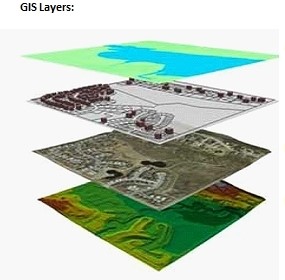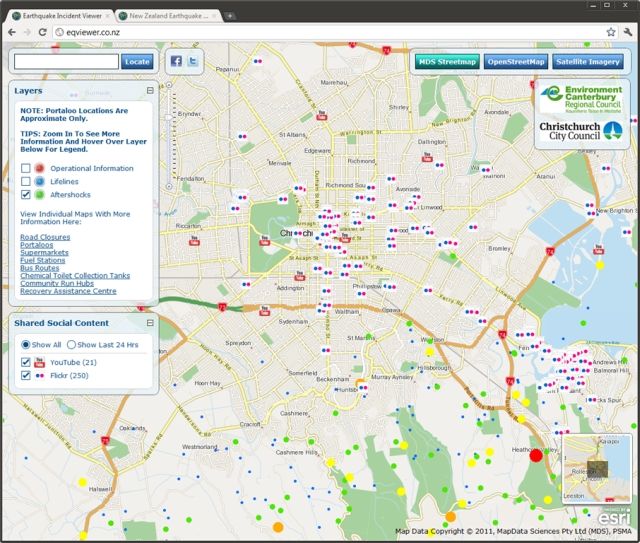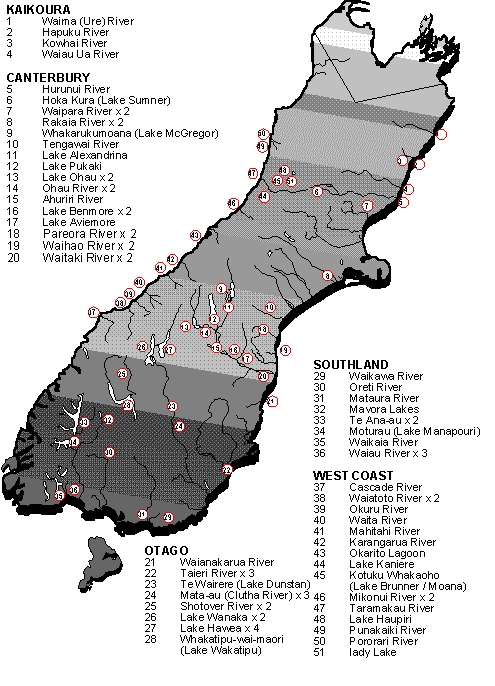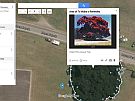Layer upon layer
Maps have come a long way over time. Modern maps are made using special software that uses lots of different information. This system of mapping is called GIS – Geographic Information Systems.
GIS gives access to data and can show different sets of data together or separately as layers on a map:

GIS gives people a picture of data that allows them to:
- problem solve
- write reports
- track changes
- make decisions
- plan for the future e.g. which areas could be used to build houses.
Learning with GIS
GIS gives new ways of thinking about and seeing the world around you. Using GIS in projects helps to develop research and presentation skills.
GIS helps thinking and problem solving skills. It is also being used in a number of jobs today, so learning to use GIS helps with future careers. You may even be part of a community project that benefits from using GIS.







